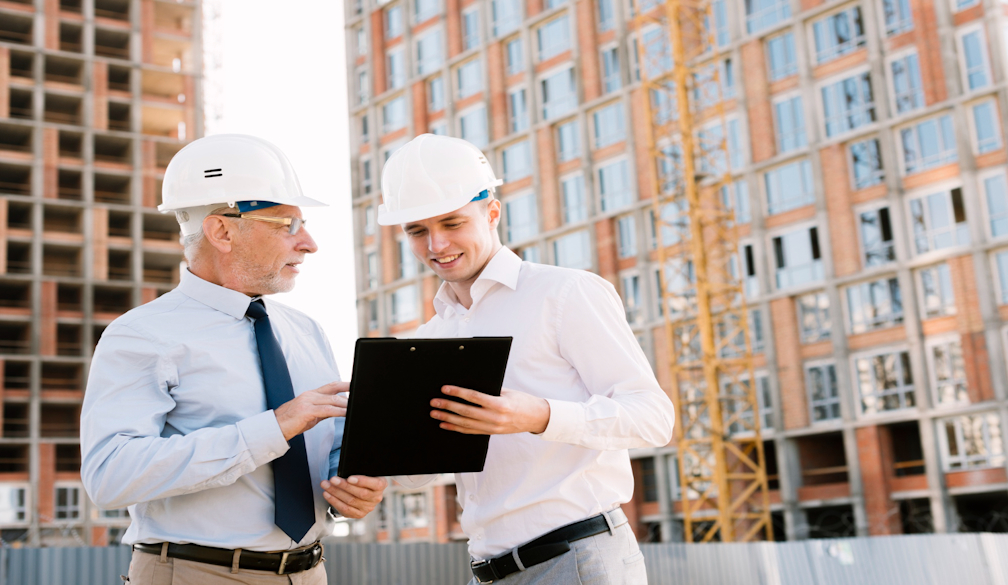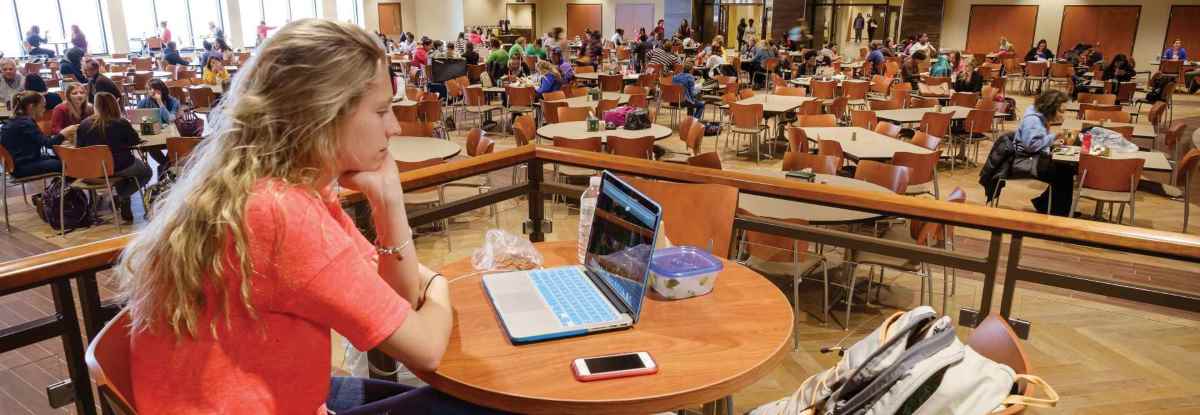Eco-Friendly Home Construction: Methods and Materials
- Written by Rain Check

In the contemporary era, a significant focus has been placed on the ecological impact of building practices. Not only are individuals becoming more conscious about the carbon footprint of their lifestyles, but there is also an escalating collective responsibility felt within industries.
As we navigate this crucial paradigm shift, the construction sector is not falling by the wayside. This comprehensive guide will delve into the transformative world of eco-friendly home construction, spotlighting innovative methods and materials that harmonise modern living with our cherished environment.
Why Eco-Friendly Construction?
Before we dive into the specifics, it’s imperative to understand the “why” behind eco-friendly construction. Traditional building practices, while effective for creating robust structures, often have detrimental effects on the environment. They typically involve non-renewable resources, contribute significantly to greenhouse gas emissions, and lead to a substantial level of waste. Eco-friendly construction counters this by utilising sustainable materials, minimising energy consumption, reducing waste, and creating a healthful environment that’s beneficial for residents’ wellbeing.
Sustainable Materials Make Sustainable Homes
One cornerstone of eco-friendly home construction is the use of sustainable materials. These are resources that have a reduced impact on the environment, both in terms of their production and their lifecycle. They’re often recycled or repurposed, renewable, and obtained from responsibly managed sources. Examples include:
- Bamboo: Known for its quick growth and regeneration, bamboo is a strong, versatile material that serves as an excellent alternative to wood.
- Recycled Steel: Utilising recycled steel requires significantly less energy than producing steel anew. It’s durable, and a superb alternative for structural support.
- Straw Bales: An unconventional but effective insulator, straw is a renewable resource that can keep homes cool in the summer and warm in the winter.
- Reclaimed Wood: This involves reusing wood from deconstructed buildings, thus preventing waste and negating the need for new deforestation.
Innovative Building Techniques
Adopting sustainable materials is only half the battle; implementing innovative building techniques completes the eco-friendly equation. These methods prioritise efficiency at every stage, promoting sustainability from the ground up.
- Passive House Design: Originating from Germany, this concept revolves around creating an ultra-energy-efficient home that requires minimal heating or cooling, thereby reducing the house’s ecological footprint.
- Earth Sheltering: This technique involves using the earth as an insulating blanket that naturally regulates the home’s temperature.
- Modular Construction: Parts of the house are pre-constructed in factories, which leads to less waste material. This process also ensures tighter construction, offering better energy efficiency.
- Green Roofing: Soil and vegetation-covered roofs provide natural insulation, reduce water runoff, and help blend the structure into its natural surroundings.
Ensuring Compliance and Safety
While embracing these eco-friendly construction methods and materials, it’s crucial not to overlook the importance of compliance with local building codes and regulations. Enlisting the help of a knowledgeable building inspector in Mulgrave can ensure that your sustainable home is also safe and adheres to all necessary guidelines. These professionals are invaluable in identifying any structural issues, offering peace of mind that your eco-friendly abode is built to last.
Building Today for a Sustainable Tomorrow
Eco-friendly home construction is more than a trend; it’s a response to the urgent need for sustainable living practices. By integrating innovative methods with environmentally responsible materials, we’re crafting a world that respects and harmonises with the bounties of nature.
Building eco-friendly homes is not only an investment in our comfort, but a much-needed investment in our planet’s future. As we continue to evolve within this space, our homes will not just be structures that provide shelter, but testimonies of sustainable coexistence with the environment.



